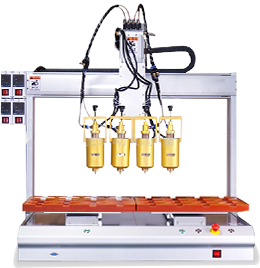

People all know that solar lamps rely on solar energy to generate electricity, without the need for normal electricity. Is it better to have a higher wattage? In fact, it is not. Today, the editor of Mujing Street Lamp Factory will share this issue with everyone.
I have seen many peers label 500W, 1000W, and even 5000W, and it can be basically judged that 100% of them are false labels. Solar street lights have a commonly used power of 50W, and a power of 100W is sufficient. To exceed 200W, a large battery panel and battery pack must be equipped. Therefore, attention should be paid in this regard.
Is it true that the more light beads there are, the brighter they become? For example, if one light bead emits N more light, then 80 light beads emit 80 * N light? In fact, it is not the concept of LED light efficiency, which means how many lumens of light can be emitted by a power of 1W. The higher the efficiency, the brighter the LED light bead is. So, are 10 lamp beads at 200LM/W brighter than 30 lamp beads at 50LM/W? If this is the case under the same output power.
Solar powered lighting fixtures are usually lower from the ground, and when selecting them, low wattage and high lumen efficiency can be used to generate more lighting. If the selected wattage is larger, the configuration will be higher, which will increase the investment cost.
So the so-called hundreds or thousands of watts of solar street lights online are all virtual labels. Due to the limitations of battery panel technology and battery technology, the power of solar street lights cannot reach this wattage. Moreover, the brightness of solar street lights is not solely measured by watts, but rather by a combination of factors such as power, brightness, and configuration.
So, don't blindly believe in high wattage, for example, 30W solar street lights installed in rural areas are sufficient, while 40W and 50W are already very bright.